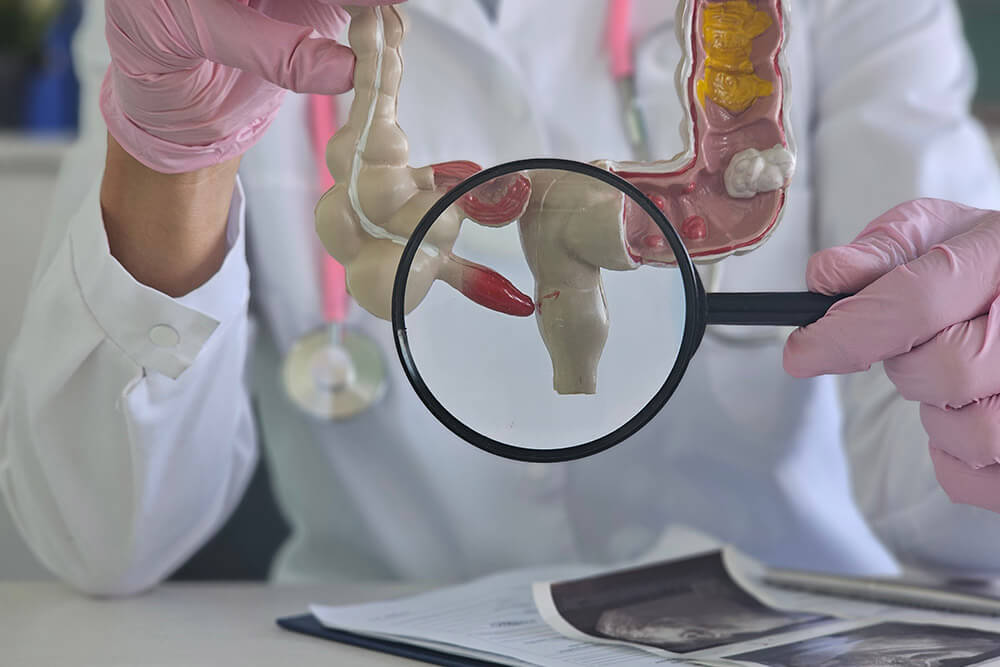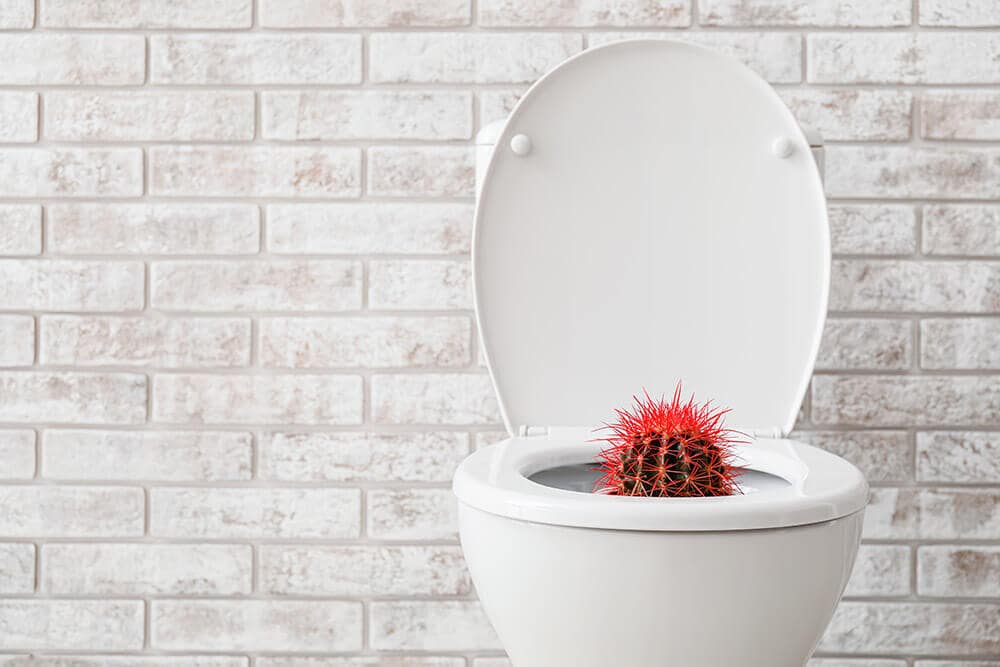Expert Treatment for Eosinophilic Duodenitis by Dr. Bharat Pothuri
Dr. Pothuri uses a step-by-step approach:
Medical History and Symptom Review
He discusses your epigastric pain, nausea, dietary habits, any known food or environmental allergies, and family history of allergic disorders.
Physical Examination
An abdominal exam checks for tenderness in the upper belly, bloating, or signs of malnutrition.
Blood Tests
We obtain a complete blood count to measure eosinophil levels and rule out parasitic infections or other causes of inflammation.
Allergy Testing
- Skin-prick tests or specific IgE blood panels identify food or environmental triggers.
- Elimination diets may be trialed under supervision to pinpoint offending foods.
Upper Endoscopy and Duodenal Biopsy
A flexible endoscope examines the esophagus, stomach, and duodenum. Small tissue samples confirm the presence and extent of eosinophil infiltration.
Additional Imaging or Studies (if needed)
Abdominal ultrasound or CT scans rule out structural abnormalities; stool studies exclude infectious causes of diarrhea.

Frequently Asked Questions
What are the symptoms of eosinophilic duodenitis?
Common signs include upper abdominal pain or cramps, nausea, vomiting, heartburn, bloating, gas, low appetite, weight loss, and diarrhea-often worse after eating or allergen exposure.
How serious is eosinophilic duodenitis?
If left untreated, it can lead to ulcers, strictures (narrowing), malabsorption, and intestinal blockages. Early diagnosis and management help prevent complications.
Who is the best doctor near me for this condition?
Many patients in Houston trust Dr. Bharat Pothuri at GastroDoxs for personalized, experienced care in diagnosing and treating eosinophilic duodenitis.
Can food allergies cause eosinophilic duodenitis?
Yes. Food allergens-such as dairy, soy, wheat, and nuts-can trigger eosinophil buildup in the duodenum and lead to inflammation.
Will I need surgery to treat it?
Most patients improve with dietary changes, medications, and allergy management. In rare cases of severe narrowing, Dr. Pothuri may perform a balloon dilation-no incision required.
How soon will I feel better after starting treatment?
Many patients report symptom relief within a few weeks of beginning dietary adjustments and prescribed medications.
Is eosinophilic duodenitis the same as celiac disease?
No. Celiac disease is an immune reaction to gluten that damages the small intestine. Eosinophilic duodenitis is driven by eosinophil-mediated inflammation, often linked to allergies.












